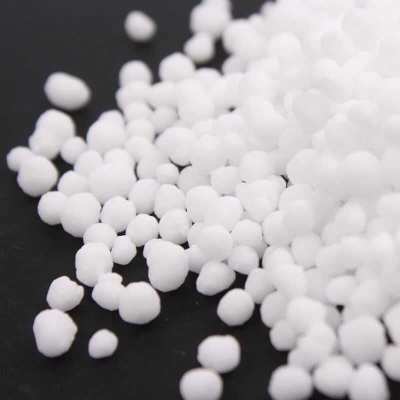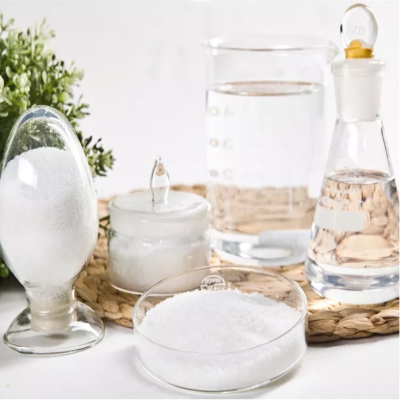-
Categories
-
Pharmaceutical Intermediates
-
Active Pharmaceutical Ingredients
-
Food Additives
- Industrial Coatings
- Agrochemicals
- Dyes and Pigments
- Surfactant
- Flavors and Fragrances
- Chemical Reagents
- Catalyst and Auxiliary
- Natural Products
- Inorganic Chemistry
-
Organic Chemistry
-
Biochemical Engineering
- Analytical Chemistry
- Cosmetic Ingredient
-
Pharmaceutical Intermediates
Promotion
ECHEMI Mall
Wholesale
Weekly Price
Exhibition
News
-
Trade Service
Protein phosphorylation modification is an important type of post-translational modification, which regulates cell activity through phosphorylation/dephosphorylation modification and participates in a variety of biological processes
.
Abnormal phosphorylation modification can cause a variety of diseases, including cancer or neurodegenerative diseases, such as Alzheimer's disease and Parkinson's disease
The researchers first prepared a new type of supramolecular polymer with organoplatinum metal macrocycles as the core framework by combining metal coordination self-assembly and post-modification polymerization
.
The supramolecular polymer contains multiple phosphate recognition sites such as hydrogen bonds and electrostatic interactions, so it has high selectivity for the binding of phosphorylated peptides
Figure 1.
The morphology of two-dimensional supramolecular polymers
.
(Ab) TEM image, (cd) HR-TEM image, (ef) AFM image, (gh) HAADF-STEM image and corresponding EDX image, (i) SAED pattern, (j) polymer simulation image
At the same time, thanks to the unique stimulus response performance of the polymer core skeleton (Figure 2) and the huge difference in binding ability with phosphorylated peptides before and after the response, the smart supramolecular polymer can achieve effective elution and elution of phosphorylated peptides.
Release
.
The enrichment method based on this material can not only test standard proteins such as α-casein, but also can be used to test "real" complex samples (such as skimmed milk)
Figure 2.
Stimulus response characteristics of two-dimensional supramolecular polymers (a) and its capture and release of phosphorylated peptides (bd)
.
This work has opened up a new way for the design of phosphorylated proteomics enrichment materials
.
Considering its mild capture and elution conditions, this work provides a new idea for the enrichment and analysis of acid-labile phosphorylated peptides







